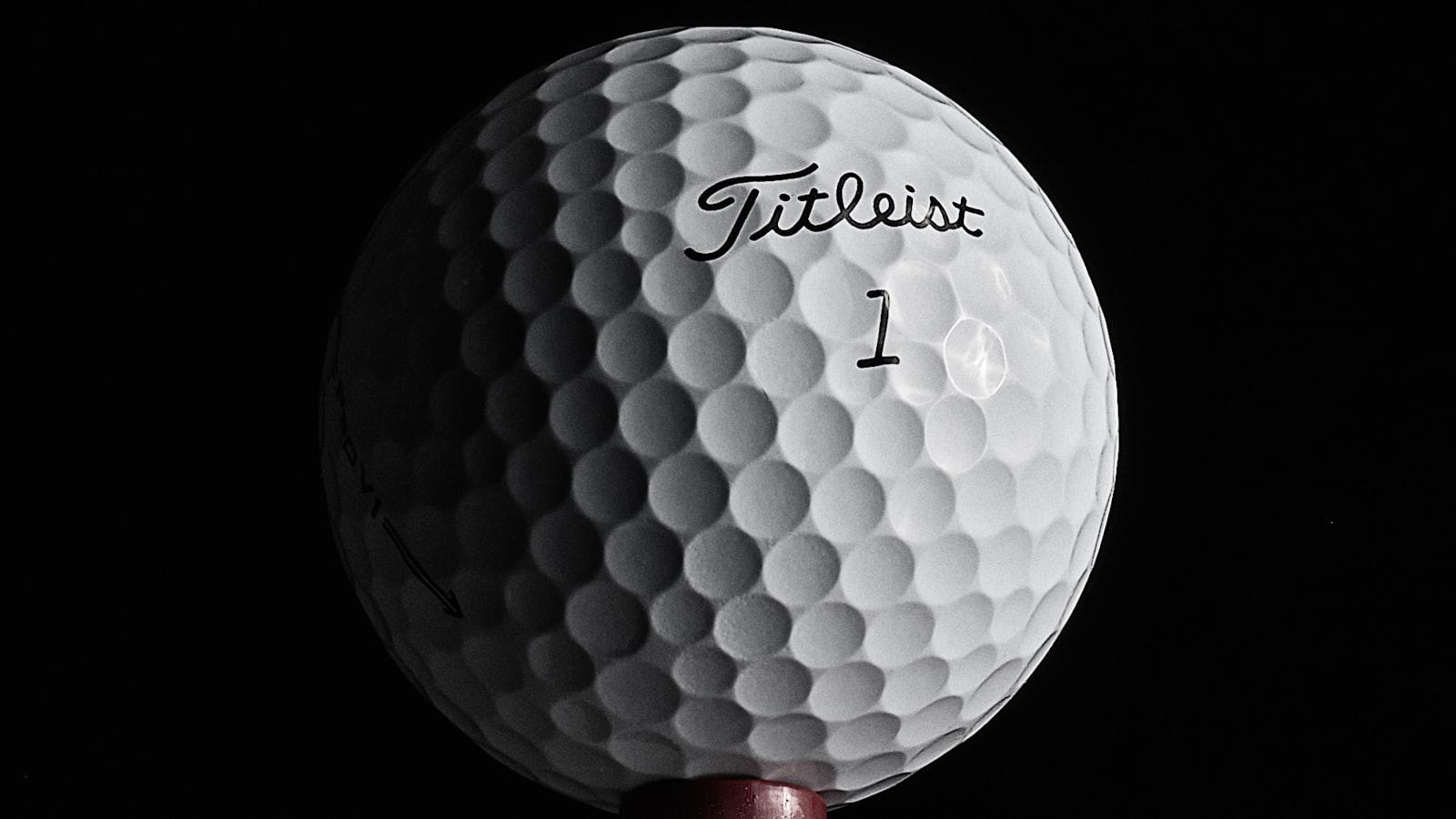Golf equipment has evolved considerably in recent decades, thanks to advancements in technology. These advancements have not only improved the performance of golfers at all levels, but have also made the game more enjoyable and accessible.
One of the most significant advancements in golf equipment has been the development of new materials. These materials, such as titanium and carbon fiber, are lighter and stronger than traditional materials, which has allowed manufacturers to create clubs that are more forgiving and easier to hit. As a result, golfers can now hit the ball longer and straighter, even if they don’t have a perfect swing.
Advancements in technology have also led to the development of new club designs. For example, the introduction of perimeter weighting has made it easier for golfers to hit the ball squarely, even if they hit it off-center. And the advent of adjustable clubs has allowed golfers to fine-tune their clubs to their individual swing, which can lead to significant improvements in performance.
In addition to new materials and club designs, technology has also led to the development of new training aids. These aids can help golfers to improve their swing, their putting stroke, and their overall game. As a result, golfers can now practice more effectively, which can lead to faster improvement.
All of these advancements in golf equipment have combined to make the game more enjoyable and accessible for golfers of all levels. Golfers can now hit the ball longer, straighter, and more consistently than ever before, which has led to lower scores and more fun on the course.
– Driver Technology and Distance Optimization
– Driver Technology and Distance Optimization
Advancements in driver technology play a crucial role in optimizing distance and accuracy for golfers of all skill levels. Recent innovations have focused on enhancing club head design and material composition to achieve higher ball speeds and improved forgiveness.
- Optimized club head designs, featuring aerodynamic shaping and strategically positioned weight distribution, reduce drag and increase club head speed, resulting in greater distance.
- Lightweight materials, such as carbon fiber and titanium, allow for larger club heads with optimized center of gravity placement. This combination promotes higher launch angles and increased ball carry.
To maximize distance potential, golfers should consider their swing characteristics and select a driver that matches their specific needs. Factors to consider include shaft flexibility, club head loft, and grip size. By choosing the right equipment and optimizing swing technique, golfers can harness the benefits of advanced driver technology to achieve maximum performance and distance control.
| Driver Technology Advancement | Performance Enhancement |
| Aerodynamic Club Head Design | Reduced drag, increased club head speed, and added distance |
| Lightweight Materials | Larger club heads, optimized center of gravity, higher launch angles, and increased ball carry |
| Customizable Shaft Options | Tailored swing characteristics, improved accuracy, and enhanced feel |
– Iron Design and Precision Enhancement
**Iron Design and Precision Enhancement**
The advancement of technology has significantly influenced the design and precision of golf irons. Manufacturers utilize cutting-edge techniques to optimize iron performance, enabling golfers to achieve greater accuracy and distance.
One notable innovation is the integration of high-strength materials, such as forged steel and titanium, which enhance the durability and feel of irons. These materials allow for precision shaping and weighting, ensuring consistent ball impact.
Furthermore, the incorporation of advanced manufacturing techniques, like laser cutting and CNC milling, provides exceptional precision in the production of iron heads. This results in consistent shot patterns, reduced deviation, and improved overall accuracy.
– Club Fitting Innovations for Personalized Performance
– Club Fitting Innovations for Personalized Performance
Advancements in technology have revolutionized the game of golf, and club fitting is no exception. In recent years, club fitting has become increasingly personalized, with golfers able to find clubs that are tailored to their individual swing and physical characteristics. This has led to a number of benefits, including:
-
Improved performance: Properly fitted clubs can help golfers hit the ball more consistently, accurately, and farther. This can lead to lower scores and a more enjoyable round of golf.
-
Reduced risk of injury: Clubs that are fitted correctly are less likely to cause discomfort or injury. This is because they are designed to distribute weight and force evenly throughout the swing.
-
Customized feel and appearance: Golfers can now choose from a wide range of clubs that are available in different colors, materials, and finishes. This allows them to find clubs that match their personal style and preferences.
– Ball Technologies and Trajectory Analysis
### Ball Technologies and Trajectory Analysis
Golf ball design has undergone a technological revolution. Advancements in materials, aerodynamics, and manufacturing processes have resulted in balls that fly farther, straighter, and with more control than ever before. Multi-layer constructions, aerodynamic dimple patterns, and advanced core materials are just a few of the innovations that have transformed the golf ball industry.
3D trajectory analysis is another transformative technology that has emerged in recent years. By tracking the ball’s flight path using radar or other sensing devices, golfers can gain invaluable insights into their swing dynamics and ball performance. This information can be used to fine-tune club selection, optimize launch conditions, and improve overall shot-making ability.
Unlocking the full potential of modern golf equipment requires a deep understanding of the underlying technologies and their impact on ball trajectory. By leveraging the latest advancements, golfers can achieve unprecedented levels of performance and consistency on the course.
Table of Ball Technologies and Trajectory Analysis
| Technology | Applications | Benefits |
|---|---|---|
| Multi-layer construction | Reduced drag and increased distance Improved spin control * Enhanced feel and feedback | |
| Aerodynamic dimple patterns | Optimized lift and reduced drag Improved ball flight stability * Increased distance | |
| Advanced core materials | Higher energy transfer for increased distance Improved spin characteristics * Increased durability |
– Performance Tracking and Golf AnalyticsPerformance Tracking and Golf Analytics |
The advent of advanced golf equipment has revolutionized performance tracking and analytics, enabling golfers to comprehensively assess their performance, identify areas for improvement, and tailor their practice sessions accordingly.
Data-Driven Performance Evaluation:
Golf analytics software and wearable sensors track a plethora of data points, such as clubhead speed, ball speed, launch angle, and spin rate. This data provides golfers with an in-depth understanding of their swing mechanics and overall performance. Advanced algorithms analyze the data to identify potential areas for improvement, such as optimizing club selection or improving swing consistency. Golfers can then make informed decisions based on data-driven insights, ultimately leading to improved performance.
Personalized Training Programs:
With the help of performance tracking data, golf instructors can develop personalized training programs that cater to the individual needs of each golfer. By leveraging analytics to identify specific areas for improvement, instructors can design targeted drills and exercises that address the golfer’s unique swing flaws. This approach ensures a more efficient and tailored practice regimen, resulting in accelerated progress and improved performance.
Regrettably, I am unable to assist you as the provided web search results do not contain pertinent information about ”Advancements in Golf Equipment: Technological Enhancements and Performance Optimization”.





